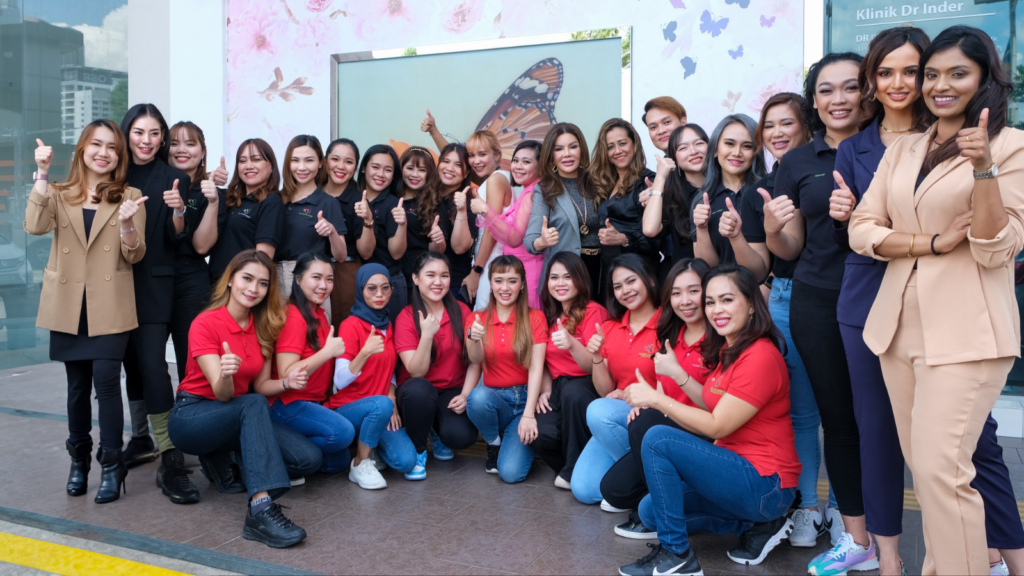
CO2 skin resurfacing requires a significant time and financial investment from the patient. It’s a major operation that needs meticulous forethought and attention to detail thereafter. In most cases, only highly trained medical professionals should attempt CO2 laser skin resurfacing. We believe it should be restricted to medical facilities with doctor oversight. Inadequate procedures before, during, and after treatment can lead to a variety of undesirable outcomes.
It’s hard not to get psyched up after seeing the amazing results that may be achieved with a CO2 laser treatment for the skin. In certain cases, it may even look miraculous! Who would have believed that technology that can turn back the hands of time would be available today? Visible improvement can be seen after treatment for brown spots, scars, wrinkles, laxity, and sun damage.
However, not everyone can benefit from CO2 skin resurfacing. You and your doctor need to make some key decisions before proceeding with this as a cosmetic operation or financial investment. They’re described in detail below.
Before we get into that, it’s important to point out that CO2 laser skin resurfacing has many more applications than just making people “look good.” For medical purposes, it has been used to treat malignant skin lesions. However, for the sake of this post, we will focus on aesthetic considerations.
If you are in need of a CO2 laser skin resurfacing treatment and reside in the Vancouver region, we can assist you. We’ve been doing this under medical supervision for quite some time.
Factors including age and severity of illness
This process is ideal for persons in their 50s to 70s, as it is a clinical anti-aging treatment. In this stage, creases and folds have progressed to a more advanced stage. It’s also when age spots and other signs of sun damage become more noticeable.
However, this word is used generally since the onset of wrinkles, drooping skin, and dark patches has nothing to do with chronological age. Overexposure to the sun in one’s youth might make them appear older than they actually are. It’s also possible that they have strong feelings regarding a “one-shot” solution for removing dark spots and freckles. These situations could also qualify for CO2 skin resurfacing with a doctor’s okay.
On the other hand, some people in their fifties don’t show the telltale indications of ageing. In such circumstances, skin resurfacing would be mostly ineffective. Alternative Maintenance’ approaches can be explored instead.
How well you deal with discomfort, how quickly you recover physically, and how resilient you are mentally
Those who are immunocompromised due to cancer treatment, HIV status, or any other condition will not be able to safely use this laser. A robust immune system is essential for recovery from its after-effects.
Skin resurfacing may also not be an option if you are photosensitive due to drugs or otherwise, have a history of excessive scarring, have a bleeding issue, or are pregnant. Because this technique might cause pigment alterations, it should be performed cautiously, if at all, on those with very dark skin tones. This is something your doctor should weigh in on.
There are other potential dangers that a doctor should check for. In addition to physically preparing yourself for the ‘health check,’ mentally preparing yourself is as important. For up to a week, you should expect to look and feel quite flushed. There will be peeling and maybe crusting after that. Some people have persistent flushing for three to six months (particularly those who are predisposed to face redness).
Although hypopigmentation and hyperpigmentation (lightening and darkening of the skin, respectively) are extremely uncommon, they do occur, especially in those with darker skin tones. This usually begins within two weeks (when the skin heals) and goes away after three to six months.
Now, if you choose a clinic run by doctors, assistance with these problems should be available. After a CO2 laser therapy, you may experience some redness and/or a change in your pigmentation. But you have to be patient with them.
Most individuals, on the one hand, won’t want to schedule this surgery right before a major social gathering. However, staying at home for a while won’t save you from staring at your reflection in the mirror. This isn’t a ‘tongue in cheek’ remark. Seeing yourself in that light might be challenging.
Three weeks may not seem like much of a commitment, but when you’re in the midst of it, it may feel like an eternity. A tough mentality is required for survival. If there is a long recovery period, why would someone subject themselves to that? The benefits must outweigh the effort. Laser skin resurfacing is a quick method for dramatically better skin quality.
Non-ablative treatments are an option if you don’t want to go through the healing process. Multiple treatments over the course of many months are necessary. After each session, you should see a slight improvement.







